Imagine staring into the unblinking, golden eyes of a creature that has survived since the time of dinosaurs. Crocodiles, with their armored scales and powerful jaws, are a living link to a world long vanished. For decades, these ancient predators seemed destined for extinction, hunted relentlessly and squeezed out by human expansion. Yet, against all odds, a wave of passionate conservation has sparked a dramatic turnaround. This is not just a story about saving a species—it’s a tale of hope, grit, and the stubborn resilience of life itself. Prepare to journey into swamps, rivers, and coastal mangroves, where science, courage, and sheer determination are weaving a new future for the world’s most misunderstood reptiles.
The Ancient Origins of Crocodiles

Crocodiles are more than just fearsome reptiles; they are living fossils, dating back roughly 200 million years. These survivors witnessed the rise and fall of dinosaurs and the shifting of continents, adapting to countless changes in climate and environment. Their unique physiology—thick, protective scales, powerful tails, and a remarkable ability to stay submerged for hours—speaks to their evolutionary success. Scientists often marvel at how little crocodiles have changed over millions of years, a testament to their near-perfect design. When you look at a modern crocodile basking on a riverbank, you’re seeing an echo of the Jurassic world itself. Their ability to thrive in both freshwater and saltwater habitats only adds to their mystique. These creatures embody the resilience and adaptability that have enabled them to persist where so many others have perished.
Why Crocodiles Matter to Ecosystems

Crocodiles are not just survivors—they’re keystone species, meaning their presence keeps entire ecosystems in balance. In wetlands, rivers, and mangroves, crocs help control populations of fish and other animals, preventing any one species from taking over. Their nesting habits also enrich riverbanks, helping plants grow and stabilizing the soil. When crocodiles disappear, the effects ripple outward: fish populations can explode or crash, bird numbers shift, and the very structure of the habitat changes. Scientists have documented cases where the absence of crocodiles led to ecological chaos. Their role as apex predators makes them critical for maintaining healthy, diverse environments. In short, the fate of entire landscapes can rest on these ancient jaws.
The Dark Era of Hunting and Decline
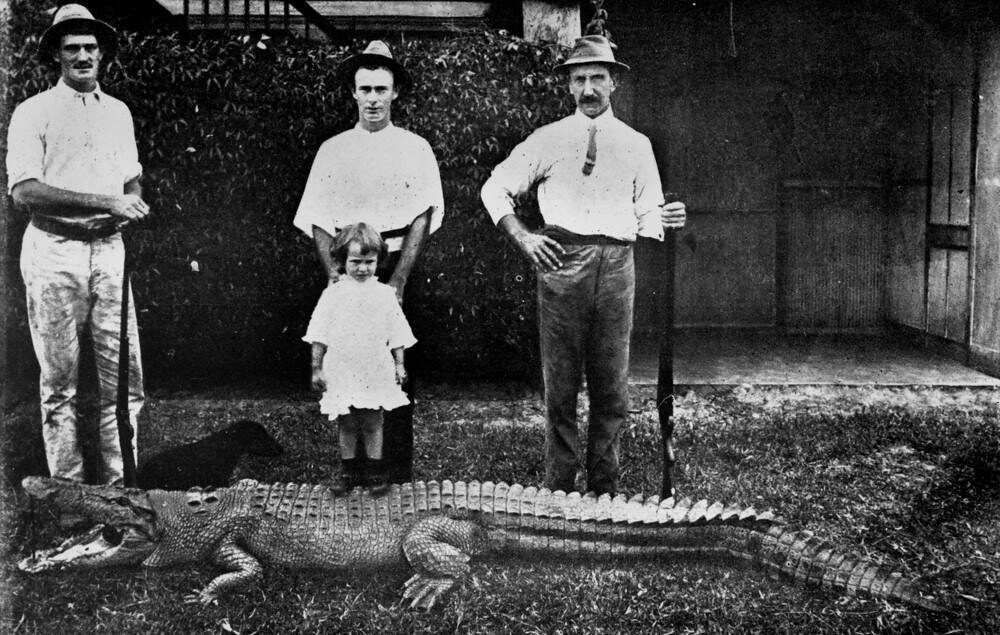
The 20th century was a time of crisis for crocodiles. Driven by demand for their valuable skins and fueled by fear, humans hunted these animals nearly to extinction in many regions. In places like Australia, Africa, and the Americas, crocodile numbers plummeted. Poaching was rampant, and eggs were stolen from nests, further reducing populations. Crocs were also seen as threats to livestock and people, leading to widespread culling. By the 1970s, some species were teetering on the brink, their populations decimated and their habitats shrinking fast. It was a dark chapter, marked by misunderstanding and greed, and the world nearly lost these magnificent predators forever.
The Turning Point: Global Conservation Efforts Begin
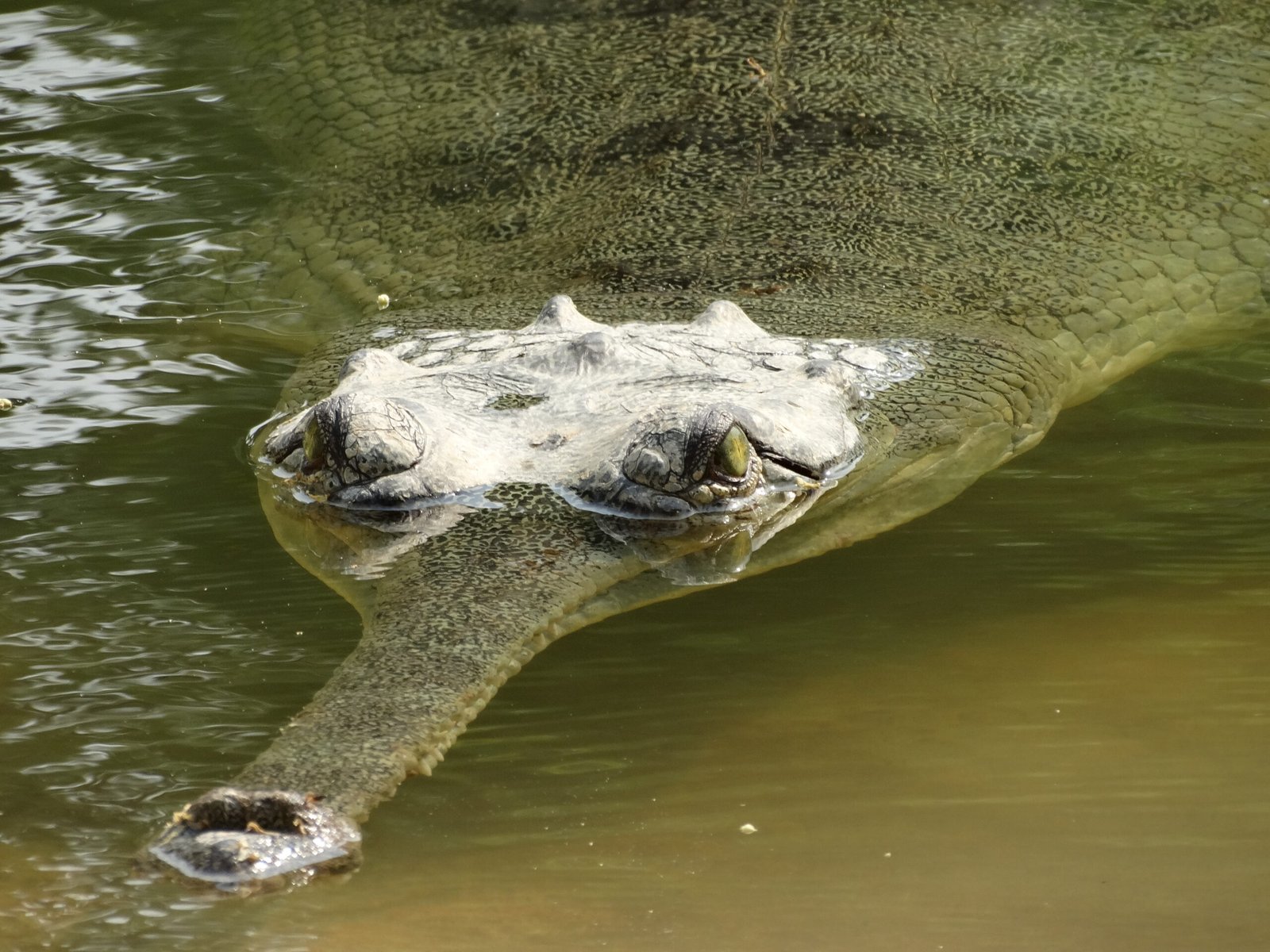
Everything changed when passionate scientists and conservationists sounded the alarm. Governments and international organizations began to realize what was at stake—not just the loss of a species, but the unraveling of entire ecosystems. The Convention on International Trade in Endangered Species (CITES) brought crucial protections, banning or strictly regulating the trade in crocodile skins and products. Local communities were enlisted as allies rather than adversaries, and new approaches focused on coexistence rather than conflict. Slowly but surely, protected areas, stricter laws, and community-based initiatives began to reverse the decline. It was the start of a remarkable comeback, fueled by hope and hard-won lessons.
Habitat Protection: Giving Crocodiles Room to Recover
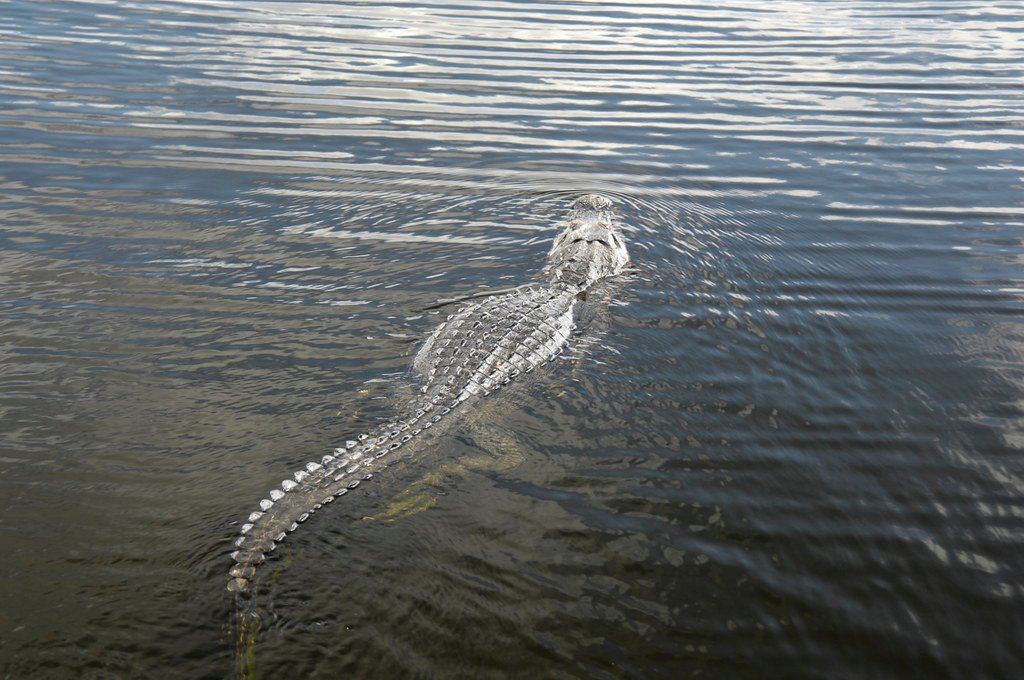
One of the most important steps in the crocodile comeback has been the protection and restoration of their habitats. Wetlands, mangroves, and rivers—once drained or polluted—are now being revived. Conservationists have worked with governments to set aside large tracts of land and water as crocodile sanctuaries. In places like India’s Chambal River, these efforts have paid off, with gharials and mugger crocodiles starting to bounce back. Restoring natural habitats not only benefits crocs but also countless other species, from fish and birds to plants and insects. By securing the spaces where crocodiles live and nest, conservationists are building strongholds for nature itself.
Breeding and Reintroduction Programs
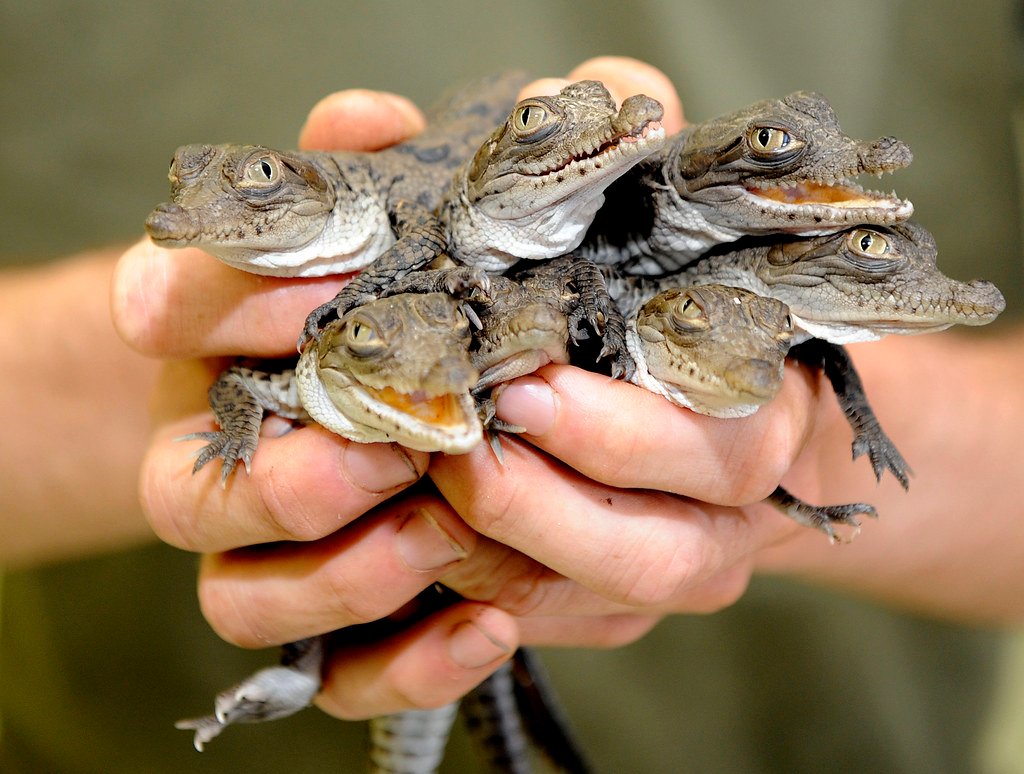
Where wild populations have been especially hard-hit, breeding and reintroduction programs have become lifelines. In zoos and specialized centers, eggs are carefully incubated and hatchlings are raised until they’re strong enough for the wild. These programs have scored notable successes—for example, the Orinoco crocodile in South America, once almost extinct, is now making a slow comeback thanks to captive breeding. Reintroduction is tricky, requiring careful planning to ensure young crocs can survive and thrive. But when it works, it’s an emotional triumph, as baby crocodiles slip into rivers that haven’t seen their kind in decades. Each release is a step toward healing ancient wounds.
Community Involvement: Turning Foes into Friends

No conservation story succeeds without local people. In the past, crocodiles were often seen as dangerous pests, but attitudes are changing. Community-based programs have taught people how to share water resources safely and even benefit from living alongside crocs. In places like Papua New Guinea, sustainable crocodile egg harvesting provides income while protecting wild populations. Education campaigns help farmers and fishers avoid conflict, reducing the risks for both humans and reptiles. By involving communities in monitoring and stewardship, conservationists are building partnerships that last. The result is a new generation that sees crocodiles not as enemies, but as valuable neighbors.
Science and Technology: The New Frontiers of Crocodile Conservation

Today’s conservationists are armed with tools their predecessors could only dream of. Satellite tracking devices are attached to crocodiles, providing real-time data on their movements and behavior. DNA analysis helps researchers understand population genetics and identify distinct groups that need protection. Drones and camera traps reveal nesting sites and hidden individuals, painting a fuller picture of crocodile life. With these technologies, scientists can respond quickly to emerging threats like habitat loss or disease. The marriage of ancient reptiles and cutting-edge science is yielding insights that were once impossible, offering new hope for their survival.
Species Spotlight: The Saltwater Crocodile

The saltwater crocodile, or “saltie,” is the largest living reptile, growing up to 23 feet long and weighing more than a ton. Found across Southeast Asia and northern Australia, salties have a fearsome reputation—but they’ve also become a conservation success story. Once hunted almost out of existence for their skins, saltwater crocodile numbers have rebounded dramatically in places like Australia’s Northern Territory. Strict protection, sustainable farming, and public education have played crucial roles. Today, salties are both a tourist attraction and a symbol of wild Australia, reminding us that even the most formidable predators can find a place in our world if we choose to let them.
Species Spotlight: The Critically Endangered Gharial
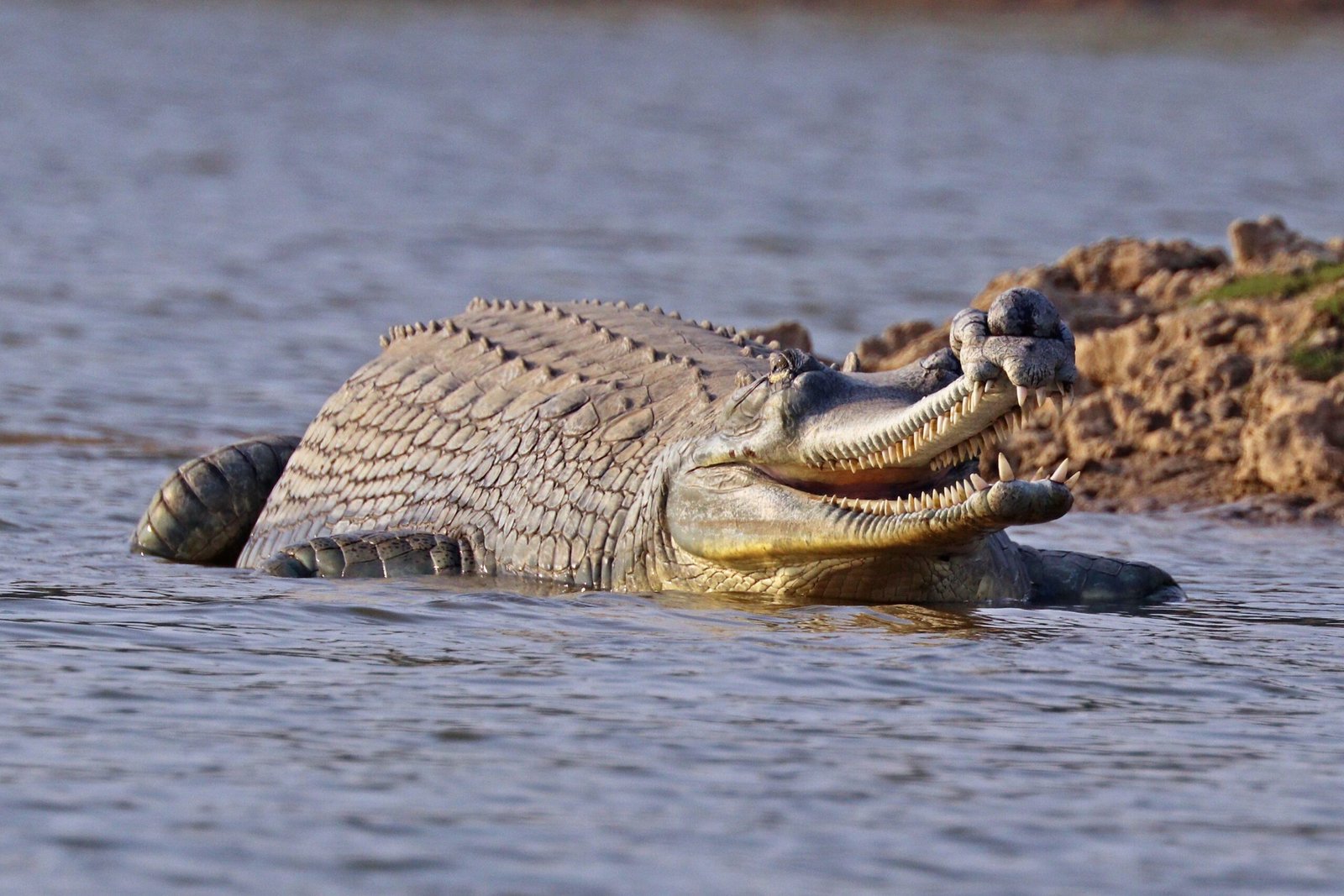
The gharial, with its long, slender snout, looks like something from a fantasy novel. Native to the rivers of India and Nepal, this fish-eating crocodile is one of the world’s most endangered reptiles. Habitat destruction and declining fish stocks have driven gharial numbers dangerously low, with fewer than 900 mature individuals left. Conservationists are racing against time, restoring river habitats and running intensive breeding programs. The gharial’s plight is a stark reminder of how fragile river ecosystems can be—and how much is at stake if we fail to act. But every nest protected and hatchling released is a small victory in the fight for their survival.
The Power of Public Awareness and Education
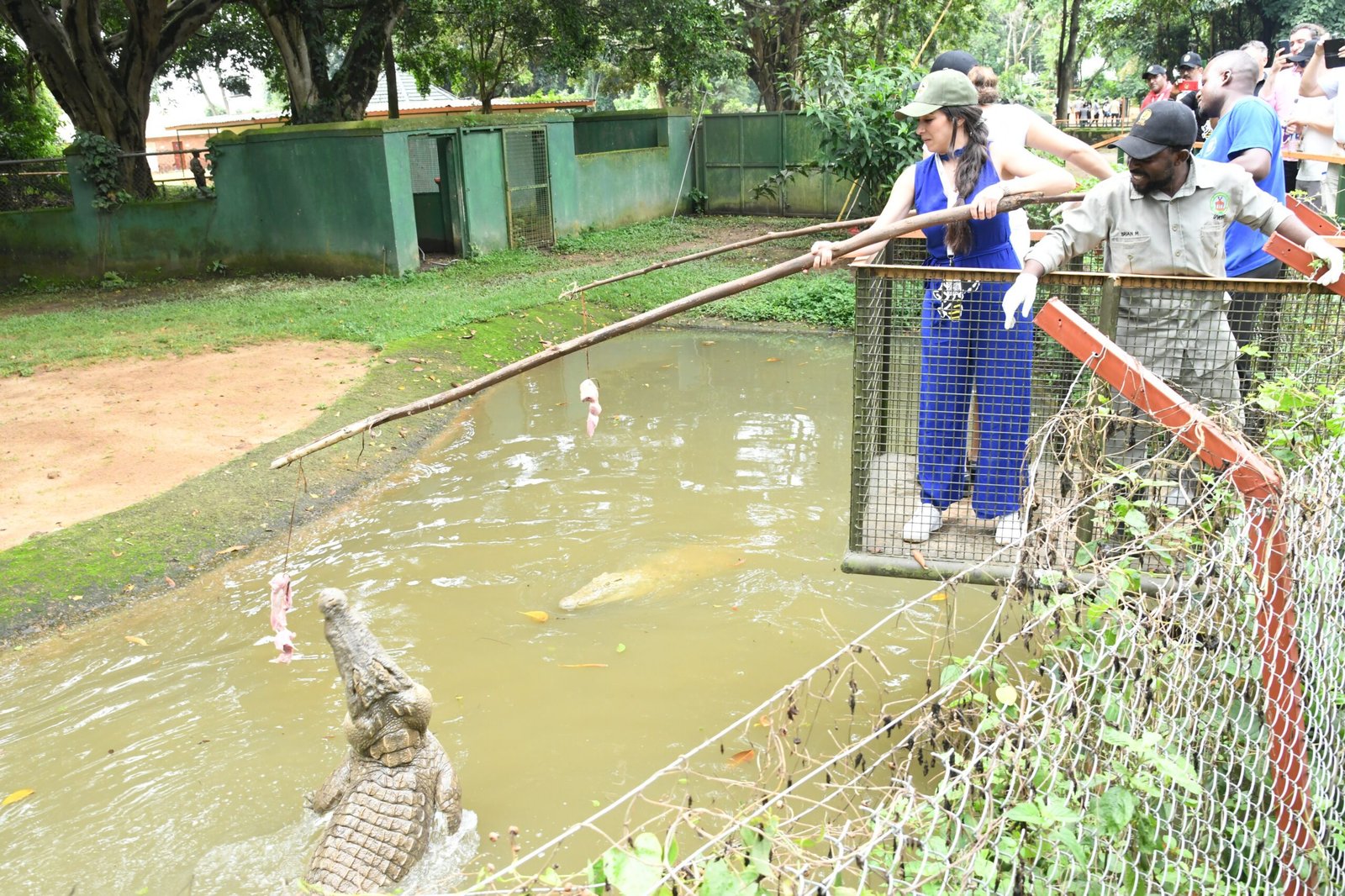
Changing hearts and minds has been one of the most powerful tools in the crocodile comeback. Through documentaries, school programs, and even social media, people are learning about the crucial role crocodiles play and the threats they face. In Australia, “Crocodile Dundee” turned the saltie into a pop culture icon, sparking curiosity and respect. Today’s education efforts focus on safety, coexistence, and conservation, helping dispel old myths and fears. As more people come to appreciate these ancient predators, support for their protection grows. Knowledge, it turns out, might be the crocodile’s best ally.
Challenges That Remain
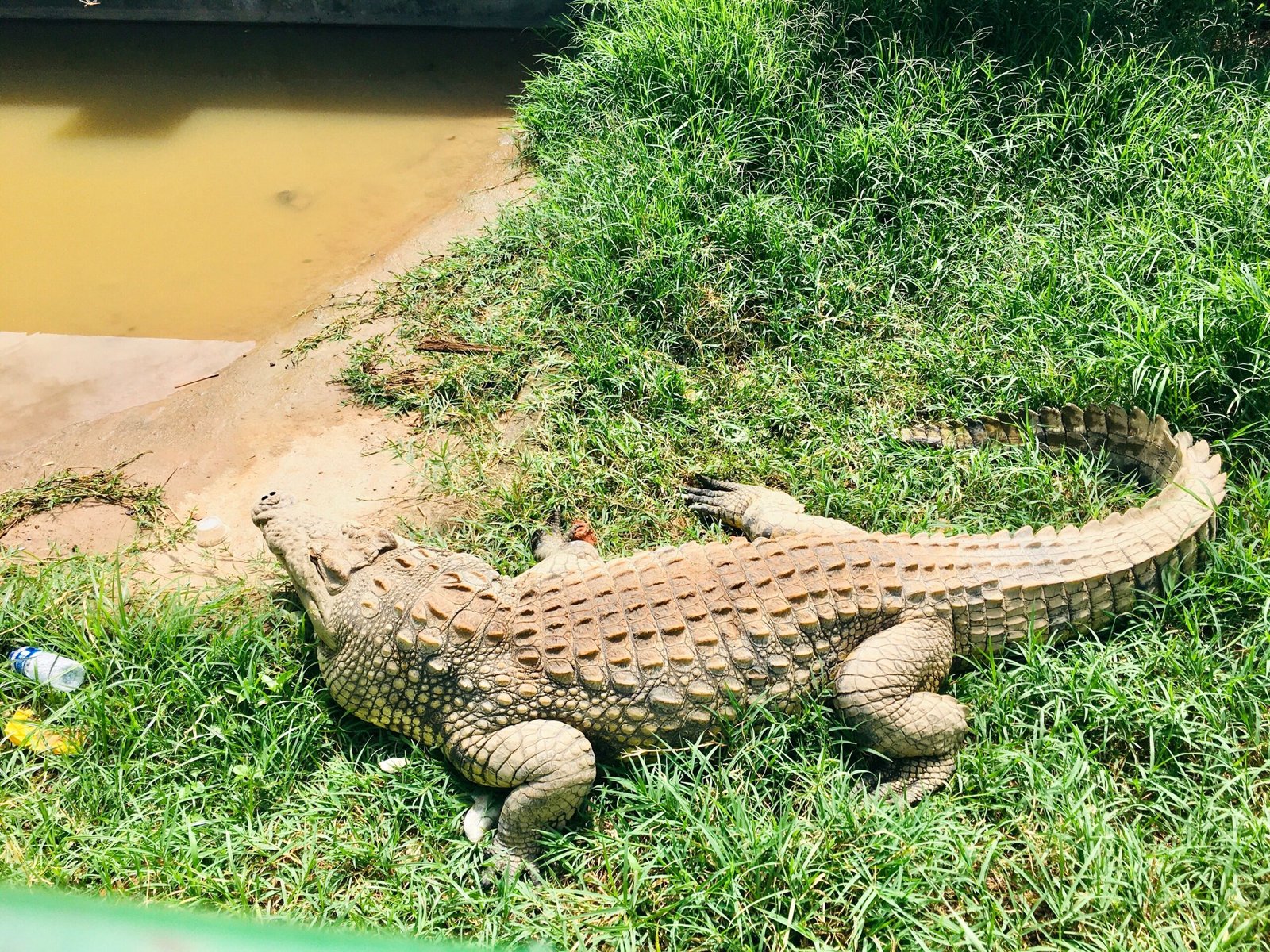
Despite stunning successes, crocodile conservation is far from easy. Illegal poaching still threatens some species, especially in areas where law enforcement is weak. Climate change poses new dangers, altering river flows and nesting sites. Human-crocodile conflict remains a serious issue in places where people and reptiles share crowded coastlines and waterways. Pollution and invasive species can also disrupt fragile habitats. Conservationists must stay vigilant, adapting their strategies as new threats emerge. The crocodile comeback is a marathon, not a sprint, and the road ahead will demand creativity, patience, and unwavering commitment.
Climate Change and Its Impact on Crocodiles
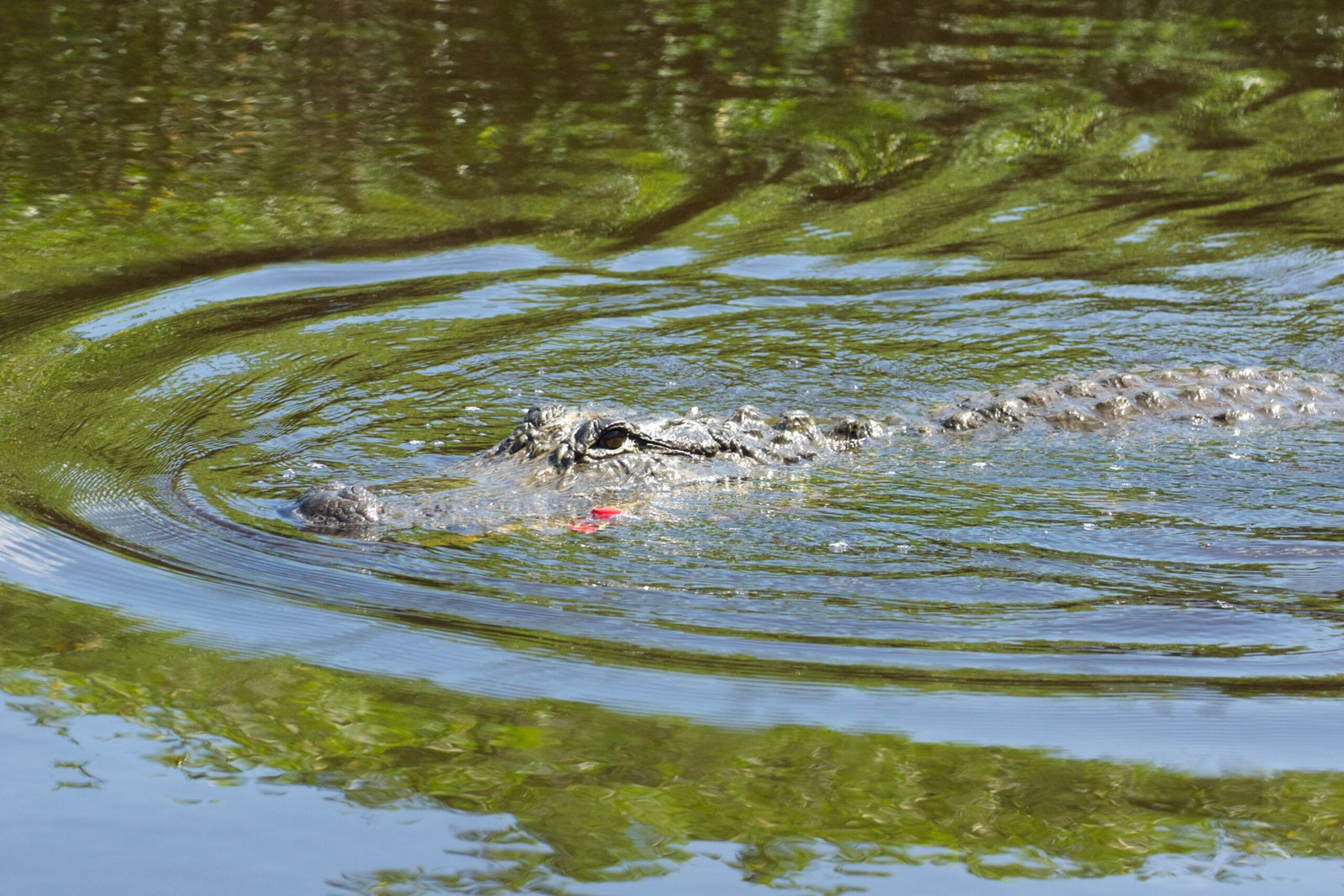
The changing climate is rewriting the rulebook for crocodile survival. Rising temperatures can skew sex ratios, since the gender of baby crocs is determined by the warmth of their nests. Too much heat means too many males or females, threatening future generations. Floods and droughts disrupt breeding and reduce available habitat, pushing crocodiles into new, sometimes dangerous, territory. Sea level rise is swallowing coastal nesting areas, especially for saltwater species. Conservationists are experimenting with shading nests or relocating eggs, but the challenges are daunting. The fight to save crocodiles is increasingly a race against a warming world.
Ecotourism: Turning Crocodiles into Conservation Ambassadors
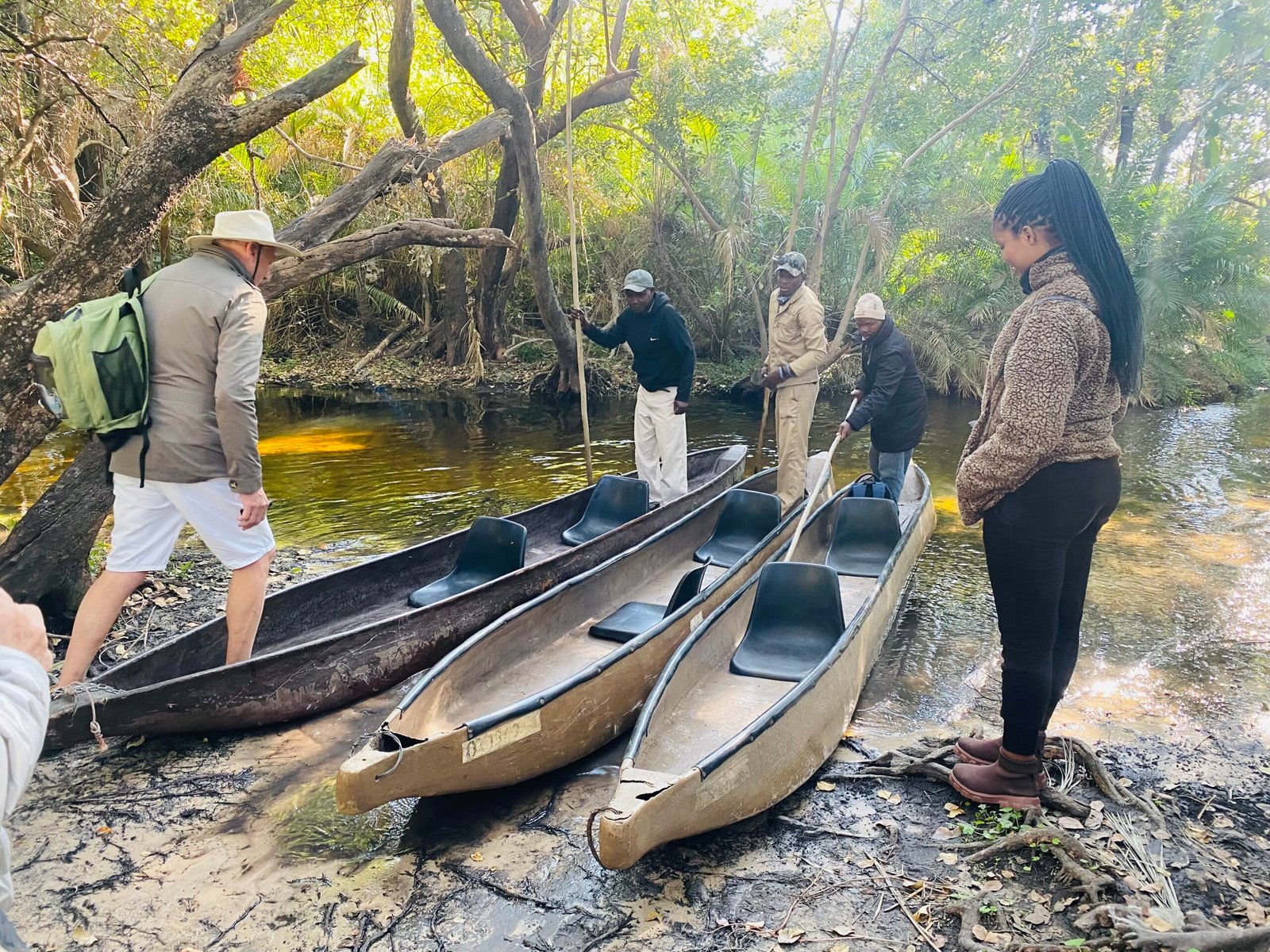
In a surprising twist, crocodiles are now attracting visitors from around the world. Ecotourism operations offer safe, respectful encounters—river cruises, guided walks, and even night-time nest watches. These experiences provide crucial funding for conservation and create jobs for local people. In places like Costa Rica and Botswana, tourists come away with a new appreciation for these misunderstood predators. Ecotourism also builds pride in local wildlife, turning crocodiles from feared monsters into celebrated ambassadors. When communities benefit from healthy croc populations, everyone wins—reptiles included.
Legal Protections and Policy Successes

Strong laws have been game-changers for crocodile survival. National parks, wildlife reserves, and international agreements like CITES have made poaching much riskier and less profitable. Governments now regulate trade in crocodile skins, ensuring it’s both sustainable and humane. Some countries have even turned successful crocodile farming into a tool for conservation, reducing pressure on wild populations. Regular monitoring and enforcement are essential to keep these protections strong. Policy, when backed by science and community support, has become a cornerstone of the crocodile’s comeback.
Stories of Hope: Crocodile Comebacks Around the World

From the Nile to the Amazon, crocodile populations are clawing their way back. In Zimbabwe’s Lake Kariba, Nile crocodiles are nesting in numbers not seen since the 1960s. In Cuba, the rare Cuban crocodile is slowly increasing thanks to breeding centers and wetland restoration. In Australia, saltwater crocodiles now thrive in places where they were once nearly wiped out. Each recovery is a testament to the power of science, community action, and sheer determination. These stories of hope remind us that even the most ancient predators can find a future—if we care enough to make room for them.
What the Future Holds for Ancient Predators

As we look ahead, the fate of crocodiles rests in our hands. The continued success of conservation depends on our willingness to protect wild places, support science, and foster coexistence. The story of the crocodile comeback is still being written, with new chapters unfolding every year. Will we rise to the challenge and safeguard these living relics for generations to come? The answer lies in the choices we make, both as individuals and as a global community. What would you do to ensure these ancient eyes keep watching our rivers for another million years?




